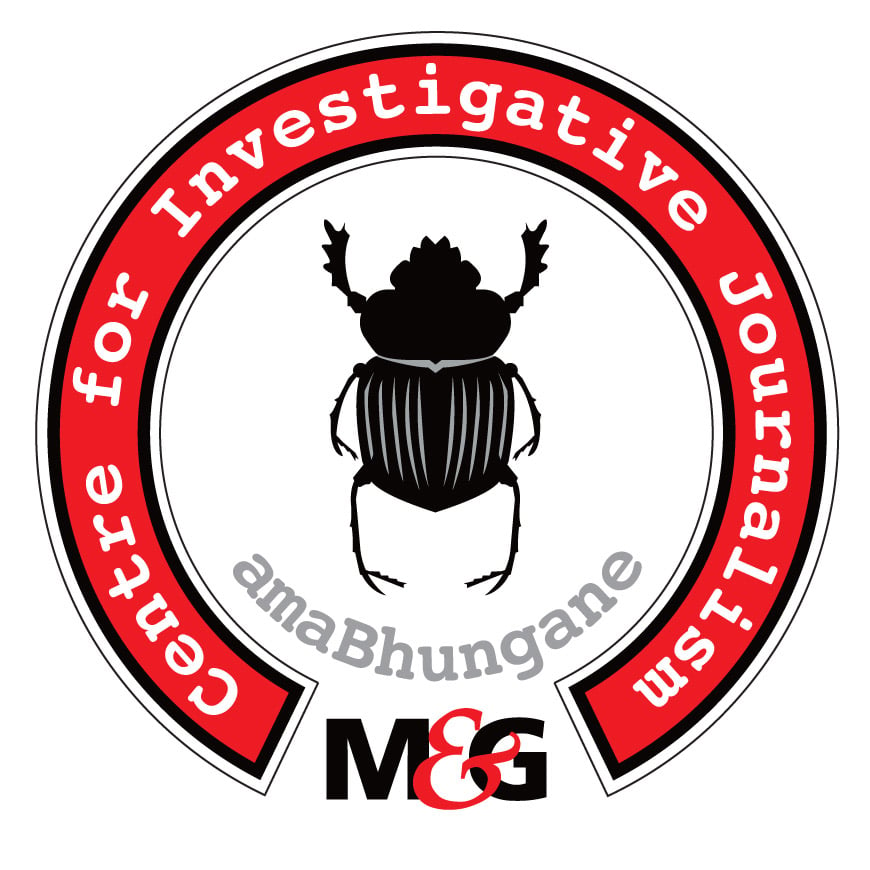The South West Africa People’s Organisation (Swapo), Namibia’s ruling party, has been dominating the election scene, with its presidential candidate Hage Geingob gaining more than 60% of votes across six constituencies and foreign missions so far.
At Gibeon, Geingob gained 1 909 votes, while at Otavi he got 876 votes and at Opuwo urban he got 3 888 votes, according to the Election Watch website. He also got the highest number of presidential votes at Grootfontein (9 271) and Tsumkwe (2 724).
He is also proving to be a favourite among the Namibian citizens, as well at the foreign missions abroad where he got 2 371 presidential votes.
Opposition party, Rally for Democracy and Progress (RDP), got 195 votes at Gibeon, but seems to be losing its position as second strongest opposition party in Namibia to the Democratic Turnhalle Alliance of Namibia (DTA), which got higher votes at Otavi and Opuwo. The results continue to stream in at intervals from across the country’s 121 constituencies.
DTA of Namibia’s McHenry Venaani gaining votes
So far, according to the presidential ballot displayed on the Electoral Commission of Namibia’s results website, Hage Geingob is leading with more than 82% votes, which is higher than any of the opposition parties. DTA of Namibia’s youthful McHenry Venaani gained 7.44%, where Hidipo Hamutenya of the RDP got 5.37% of presidential votes.
Venaani’s upbeat campaigns may have paid off as he gained 500 presidential votes at Grootfontein and at Tsumkwe 422 votes, which are higher Hamutenya of the RDP, who got 347 at Grootfontein and 77 votes at Tsumkwe.
In the National Assembly results so far, Swapo got 8 354 votes at Grootfontein and 8 002 votes at Otjiwarongo as well as 2 455 votes at Tsumkwe. All Peoples Party got higher National Assembly votes at Grootfontein (459), while DTA got 497 and the RDP got 346 votes so far, according to Election Watch Namibia’s Twitter page.
Compared to the last 2009 elections, Swapo lost a total of 8.45%, while RDP lost 3.18% and the DTA of Namibia now gains 4.45% for the National Assembly.
On Friday, the voting stations opened at 7am and closed at 9pm, however, many closed during early hours of Saturday morning due to the huge number of people who were still at the stations at the time that they closed.
The Electoral Commission of Namibia will announce the final results tomorrow.
Elections going smoothly
Several young people who spoke to AmaBhungane described the process as smooth, although extremely slow at some points. Alpha Hepundjua said he went to the polling station at a Swakopmund Museum at 8pm and only got to vote at midnight.
“I’m so glad I got to vote, even though we stood in that queue forever I hear there was a lot of violence at some polling stations, but not at the one I went to. The officers were kind to us.”
Halo Angala, who went to cast vote at Jan Mohr High School polling station reciprocated Hepundjua’s comments. Electoral commission’s constituency officer, Daniel Uwiteb in Rehoboth described the election process as smooth with no cases of violence at the polling stations.
Electronic voting machines
Similarly, Namibian politician and former Swapo MP Nico Kaiyamo praised the use of the electronic voting machines.
“The electronic machines are an improvement to the use of ballot papers and even though there were hiccups and technical issues with the machines, which delayed the whole voting process, the machines are a definite plus,” said Kaiyamo, who went to cast his vote at Tsumeb’s constituency office.
However, many young people who tweeted about their experiences on Twitter and Facebook claim that there was a lot of violence at the polls especially when they closed yesterday at 9pm.
Some people waited in the queues for more then eight hours just to get to cast their vote while others stood in the queues for hours waiting on the electronic machines to be fixed.
* Got a tip-off for us about this story? Click here.
 The M&G Centre for Investigative Journalism (amaBhungane) produced this story. All views are ours. See www.amabhungane.co.za for our stories, activities and funding sources.
The M&G Centre for Investigative Journalism (amaBhungane) produced this story. All views are ours. See www.amabhungane.co.za for our stories, activities and funding sources.